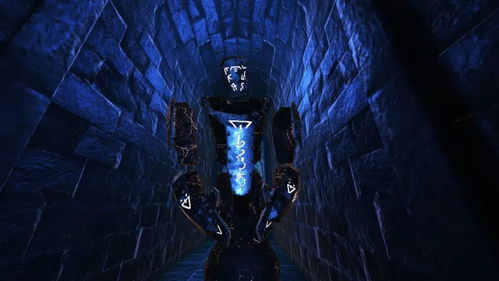Introduction:
Night fishing offers a unique and serene experience, where the tranquility of the night sky complements the thrill of catching fish under the moonlight. One of the key elements to a successful night fishing trip is mastering the art of adjusting your bait float, or "bobber." This article will delve into the essential tips and techniques to help you tune your float perfectly for night fishing success.
Understanding the Night Fishing Environment:
Before diving into the specifics of adjusting your bait float, it's crucial to understand the night fishing environment. During the night, light levels are significantly reduced, and fish may be more cautious. Therefore, your float needs to be sensitive enough to detect even the slightest bite while remaining stable in the water.
Choosing the Right Bait Float:
The first step in adjusting your bait float is selecting the right one for the conditions. For night fishing, opt for a float that is designed to be more visible in low light. These floats often have reflective or glow-in-the-dark features that make them easier to spot. Additionally, consider the size of the float based on the fish you're targeting and the depth at which they feed.
Setting the Right Depth:
To set the depth, you need to know the depth at which your target fish are likely to be found. This can vary depending on the species and the time of year. Use a depth finder or ask local anglers for advice. Once you have the depth, adjust your float so that it sits just above the fish's feeding level. This ensures that your bait is in the strike zone.
Attaching the Leader and Hook:
Attach your leader to the line using a reliable knot, such as an improved clinch knot or a Palomar knot. The leader should be long enough to prevent the float from getting tangled in underwater debris but short enough to maintain a good bite detection. Attach your hook to the end of the leader with a strong, secure knot.
Adjusting the Weight:
The weight of your float is crucial for maintaining the desired depth. If your float is moving too quickly, add weight to slow it down. Conversely, if it's too slow, remove some weight. The general rule is to add weight in increments of 1/16 ounce until the float reaches the desired depth. Remember to test your float in still water before casting it out.
Balancing the Float:

Balancing the float ensures that it remains upright in the water, making it easier to detect bites. To balance the float, add weight to the bottom of the float. This can be done by inserting a small split shot into the hollow of the float. Experiment with different weights until the float is level when fully submerged.
Sensitivity and Response:
Night fishing requires a heightened sense of sensitivity. Adjust your float so that it is sensitive enough to detect even the smallest movements. This may involve fine-tuning the weight and the position of the float on the line. Practice by watching the float in still water and adjusting until it responds to the smallest disturbances.
Reading the Float:
Learn to read your float's movements. A sudden dip, a gentle tap, or a slow descent can indicate a fish is biting. Be patient and wait for a clear indication before setting the hook. Remember, night fishing often requires more patience than daytime fishing.
Conclusion:
Mastering the art of adjusting your bait float is a vital skill for night fishing success. By understanding the night fishing environment, choosing the right float, setting the correct depth, and balancing the float for sensitivity, you'll be well on your way to catching fish under the stars. With practice and patience, you'll become a night fishing expert, reeling in fish after fish under the enchanting glow of the night sky.












